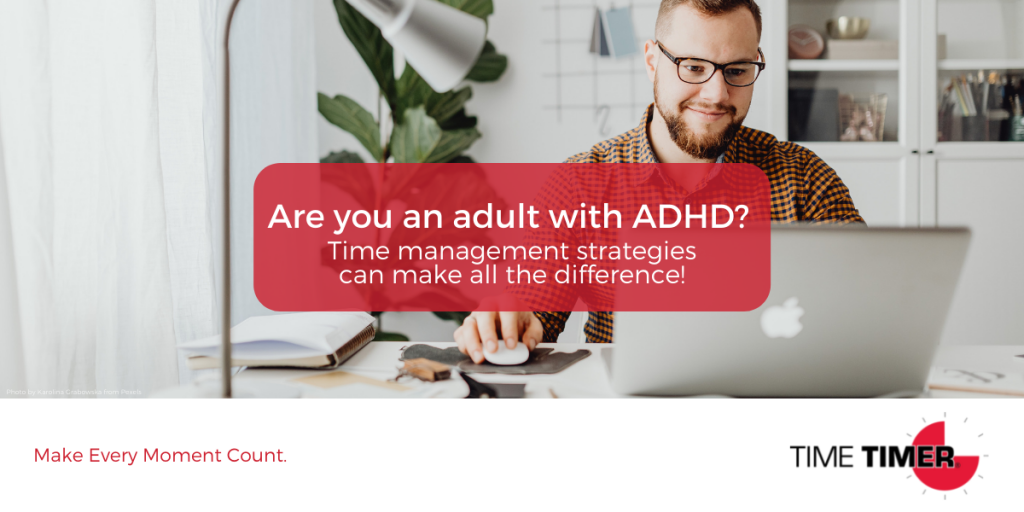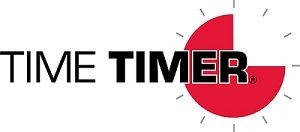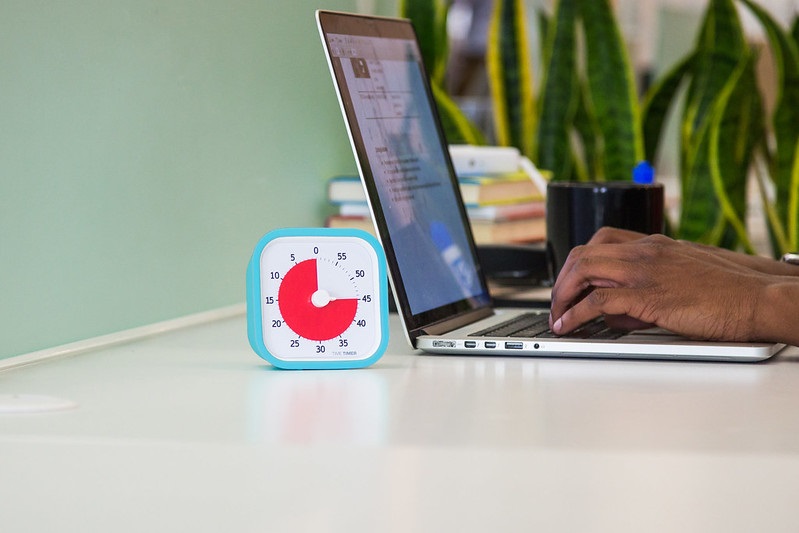
Most often when people hear about ADHD (Attention Deficit Hyperactivity Disorder), they think of children or adolescents. That’s likely because overall awareness of ADHD diagnoses and intervention strategies in schools have increased significantly in the last few decades. Children with ADHD often have difficulty in school and social settings, and positive developments have led to helping those kids succeed academically more than ever before.
As physicians, educators, and researchers dedicate more attention to understanding the disorder; great strides have been made in approaches to academic interventions, medication management, behavior plans, and much more.
ADHD is not only diagnosed in children. Many adults with ADHD may have gone undiagnosed as children, leading to a worsening of symptoms over time. This can create significant difficulties with personal and professional relationships, productivity, and self-esteem.
When children with ADHD reach adulthood, they need to continue maintaining coping strategies and methods for dealing with its challenges in adulthood. For adults, these difficulties may manifest as late work assignments, difficulty with productive time management, forgotten to-do lists, an extremely disorganized or messy home or office, and a tendency to have difficulty finishing tasks at home and at work. In the workplace, an adult with ADHD may be perceived by co-workers as forgetful, disorganized, disinterested, and unproductive.
Success strategies that work for one adult, may not work as well for another. Everyone is different and it may involve some trial-and-error. These tactics will evolve naturally as an individual moves through various stages in life. Much like the difficulties children and adolescents may face, adults with ADHD need to work in overcoming struggles interfering with home life, professional achievement, and much more.
While it may improve somewhat in adulthood for many, ADHD symptoms generally are always part of the “fabric” of a person. The good news–the natural process of “maturing” often provides a boost for successfully dealing with the inevitable ups and downs that come with ADHD.
That said, just as children need structured support in tackling ADHD challenges, adults too need support from family and professional colleagues, as well (if they choose to share the information). Among those personalized approaches, all of us at Time Timer recommend creating time management strategies designed to make life at home and work go as smoothly as possible! Time management techniques provide some of the best tools for reducing the stress and anxiety that often come into play for adults with ADHD.
Are you an adult with ADHD? Take control with these time management tips!
1. Tackle work in “chunks”
An adult with ADHD may arrive in the office each morning and become quickly overwhelmed with the number of tasks they seem to have assigned to them. As is highly common in those with ADHD, procrastination is likely to follow, which can cascade into a host of bigger problems and job difficulties. The same is true for accomplishing decluttering or other household chores. Perfectionism may also play into this – another common trait in those with ADHD.
Instead, adults with ADHD should begin their workday in a quiet setting free of distraction, if possible, to review their day and make a realistic list of things to accomplish. From that list, extract the priority items and get started from there. An especially effective tactic here is assigning a specific amount of time for each task – make it realistic and something you can accomplish! Choosing Time Timer, the original visual timer, can make a huge impact in your efforts.
This way, viewing the workday as one long “stretch” of eight hours can be broken into just a few structured “chunks” of time where very specific items are to be accomplished. Using Time Blasts, a more flexible version of the Pomodoro Technique, time management tool proves helpful to many people with ADHD. When adults with ADHD complete a very specific set of tasks, a sense of accomplishment and satisfaction are sure to follow! Lastly, never be ashamed to ask for help or delegate when needed.
2. Use a physical planner
When combined with using Time Timer throughout your day; a physical planner is another great way for adults with ADHD to manage their time, responsibilities, and goals. Many adults find it helpful to use both a physical and web-based calendar, yet a paper planner may prove particularly effective as many with ADHD find various visual cues to be helpful.
Some planners are designed to be particularly helpful for adults with ADHD. Its primary focus is helping adults avoid distractions in their lives and create detailed plans and tasks for each day – perfect for adults living with ADHD.
3. Do not multitask!
While many people excel in multitasking, it can create huge roadblocks for adults with ADHD. Don’t multitask – stay focused on one thing at a time. Distraction issues may lead to lots of unfinished projects and an increase in low self-esteem. Instead of attempting to complete eight tasks with 50 percent success, focus on completing one task at 100 percent.
When you are ready to tackle your own time management difficulties, do what works for you and secure the tools you need to help you feel successful and accomplished! Time Timer offers a range of amazing visual timers perfect for both children and adults living with ADHD. With the right support and planning, it is possible for adults with ADHD to live a focused, calm, and accomplishment-filled life!

